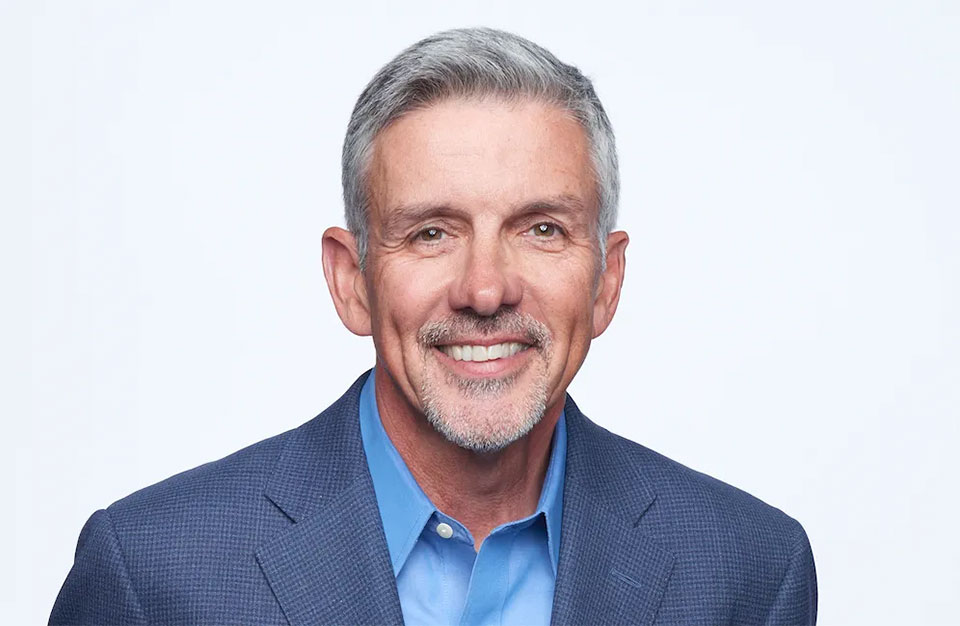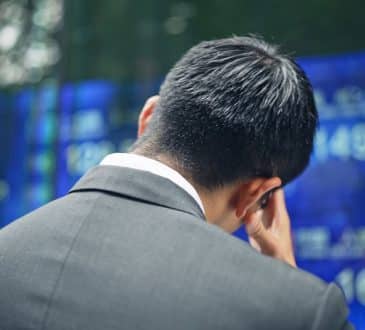Note to Self

In the fall of 1995, I left my employer to open a public relations firm. As most entrepreneurs do, I imagined the type of firm I wanted to create, hoping to build a culture that would attract the best talent and produce work that would wow clients and be recognized for industry excellence. Simple, but not easy by any means.
The Customer Comes Second
As I considered what that would look like, I was struck by a book titled The Customer Comes Second by Hal Rosenbluth and Diane McFerrin Peters. It chronicled the story of Rosenbluth Travel – a company built on the premise that the customer (client) comes second because if the employee comes first, then the employees and the clients will be the big winners. In short, the more inspired the employee, the more likely they will deliver exceptional service that would set it apart.
Saying you’ll be an employee-first company is one thing; following through on it is another matter. I was tested early when a client was emotionally abusive to one of my staff members. The client told her that the next time he spoke with me, he would demand that she be fired. She came to me right away to explain what had happened and was visibly shaken by the exchange. She did nothing wrong; our client was in a bad mood and took a junior person out for a ride, so to speak, just because he could.
I thanked my staff member for coming to me, shut my office door, and called the client. As you’ve probably guessed, I summarily fired HIM. No second chance. Done. I could never risk that ever happening again. I promised a smooth transition to another PR firm and sent him on his way. The kicker is that it wasn’t a small client, yet despite the financial hit we would take from losing the business (or so I thought), keeping him on would have forever destroyed my credibility with the team. It was a currency far more valuable than money.
What I didn’t see coming was how quickly the entire team rallied to replace that income (and then some). We didn’t skip a beat financially, and we had a newly energized tour de force who understood, with a new level of certainty, that the client did come second.
Note to self: When faced with a decision that challenges your values, always stick to your values.
The Employee Asset Conundrum
How many CEOs do you know who wax poetic about how their employees are their most important asset? In fairness, that sentiment may be genuine, but if you want to use language like that, or even worse, tell your employees that you’re all just one big happy family, you better be prepared to back it up. All I know is that I don’t ever recall a company issuing a press release stating, “We just laid off 500 of our most important assets.”
It’s a business, not a family. You can’t treat people like family during good times and treat them as employees (or less than) during the challenging ones. Your culture needs to apply to all seasons. Employees want purposeful, transparent, and committed leaders. Sometimes, layoffs are unavoidable. They are about saving the people you can, helping others leave with dignity, and giving everyone the lift they need to thrive in their careers.
Note to self: Always treat people with dignity and respect, and don’t make promises you can’t keep.
How Employees See Each Other
Over the years, I’ve learned that if a company wants to deliver outstanding client service, it takes more than the owners seeing their employees as top priority. The employees must see one another that way as well. They need to regard one another as more than just coworkers. If it takes a team to serve the client, the employees must treat one another as clients, too. It’s what they do in service of who and what they care about – one another, their clients, and their craft.
On this front, I once displayed what I see today as a shocking lack of self-awareness earlier in my career when I was running the PR subsidiary for Florida’s largest ad shop. A new employee joined the team and always refused whenever she was approached to help her colleagues – essentially stating that it wasn’t her job.
After a few months, several team members approached me to explain the situation. To which I replied, “That’s funny. Whenever I ask for her help, she drops everything to be of service.” They looked at one another and then at me, saying, “Do you really think that when you ask for her help and when we do, it’s the same?” Clearly, it was not, and I should have known better. That said, their perspective didn’t dissuade me from trying to build a culture where we respond with the same urgency and commitment no matter who needs help, whether it’s me, the client, or another team member.
Note to self: A more accurate way to describe employee-first is people-first.
Summary
The longer I work with CEO and executive peer advisory groups, the more obvious it becomes why they are so effective. They are hardwired to choose values, respect others, and operate with a people-first mindset. The more each member invests in the group, the more everyone benefits. Group members build muscles around the skills that tap into our greatest asset – our humanity. They share their stories, experiences, wins, and losses with the express purpose of helping each other. Group members are committed to knowing one another on a deeper level and are dedicated to a cause larger than themselves. It’s why high-performing groups are a force of nature and the best training ground for CEOs and their key executives.
Note to self: Peer advisory group members make the best team leaders and teammates.
Written by Leo Bottary.
Have you read?
The world’s top 50 most popular luxury brands for 2023.
Richest Tennis Players In The World.
Richest Actors In The World.
The World’s Richest People (Top Billionaires, 2023).
Revealed: Countries With The Best Health Care Systems, 2023.
Top Most Valuable Coins For Collectors Across The Globe.
Add CEOWORLD magazine to your Google News feed.
Follow CEOWORLD magazine headlines on: Google News, LinkedIn, Twitter, and Facebook.
This report/news/ranking/statistics has been prepared only for general guidance on matters of interest and does not constitute professional advice. You should not act upon the information contained in this publication without obtaining specific professional advice. No representation or warranty (express or implied) is given as to the accuracy or completeness of the information contained in this publication, and, to the extent permitted by law, CEOWORLD magazine does not accept or assume any liability, responsibility or duty of care for any consequences of you or anyone else acting, or refraining to act, in reliance on the information contained in this publication or for any decision based on it.
Copyright 2024 The CEOWORLD magazine. All rights reserved. This material (and any extract from it) must not be copied, redistributed or placed on any website, without CEOWORLD magazine' prior written consent. For media queries, please contact: info@ceoworld.biz
SUBSCRIBE NEWSLETTER








